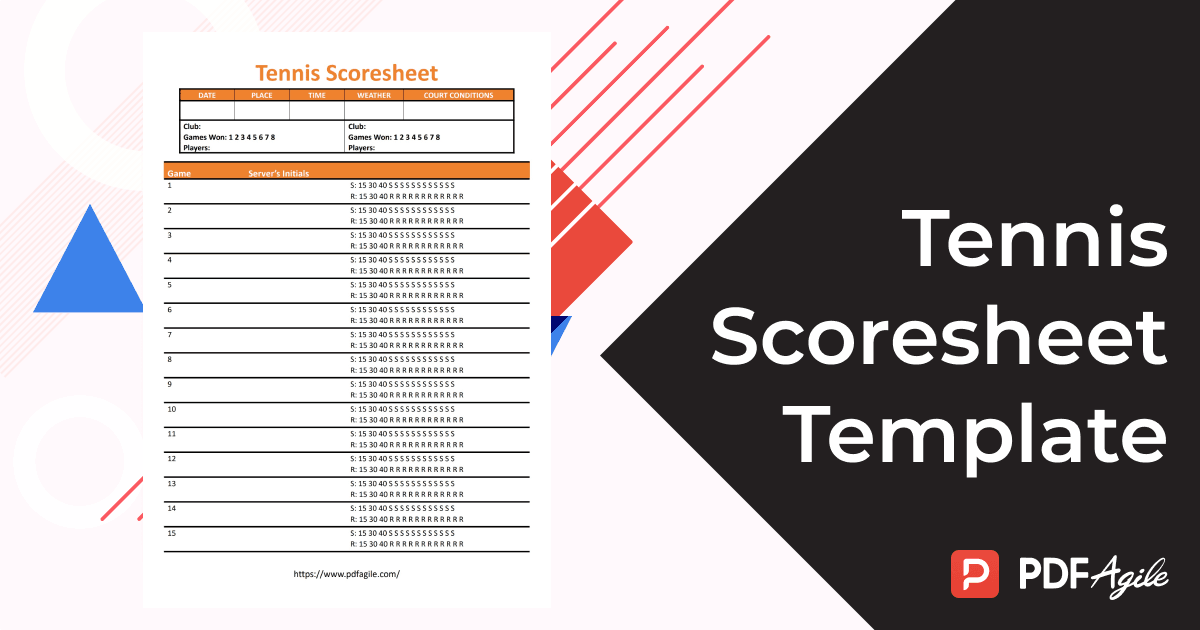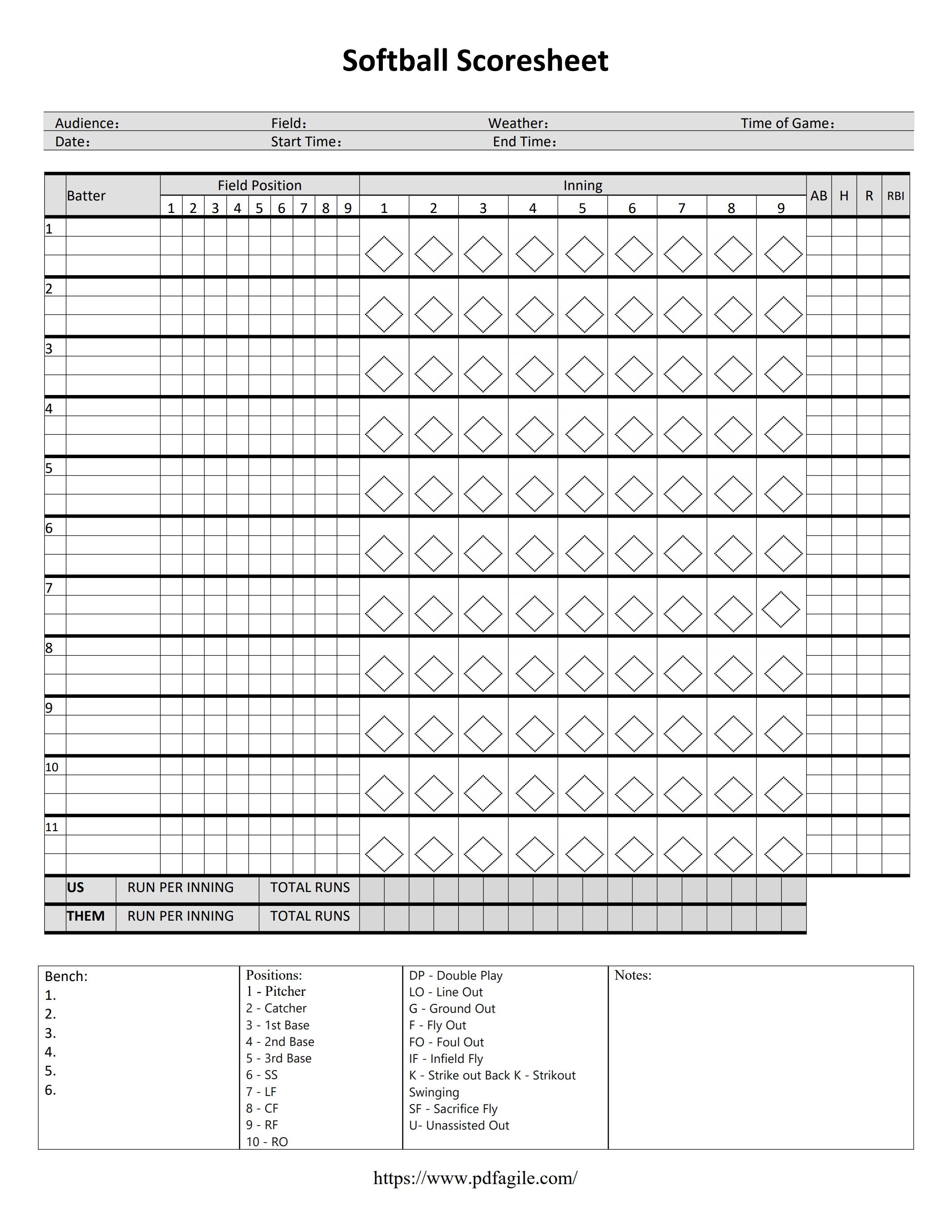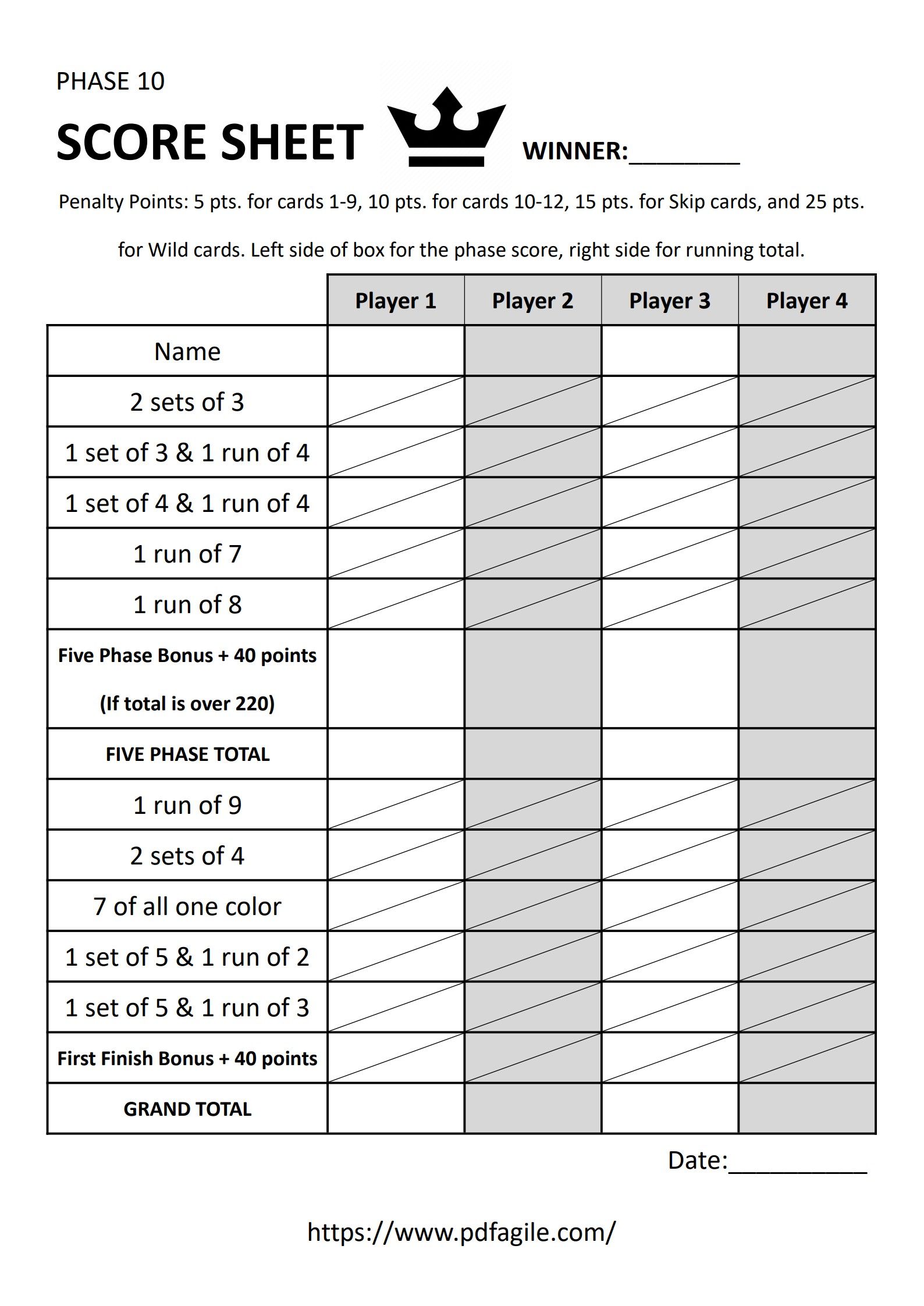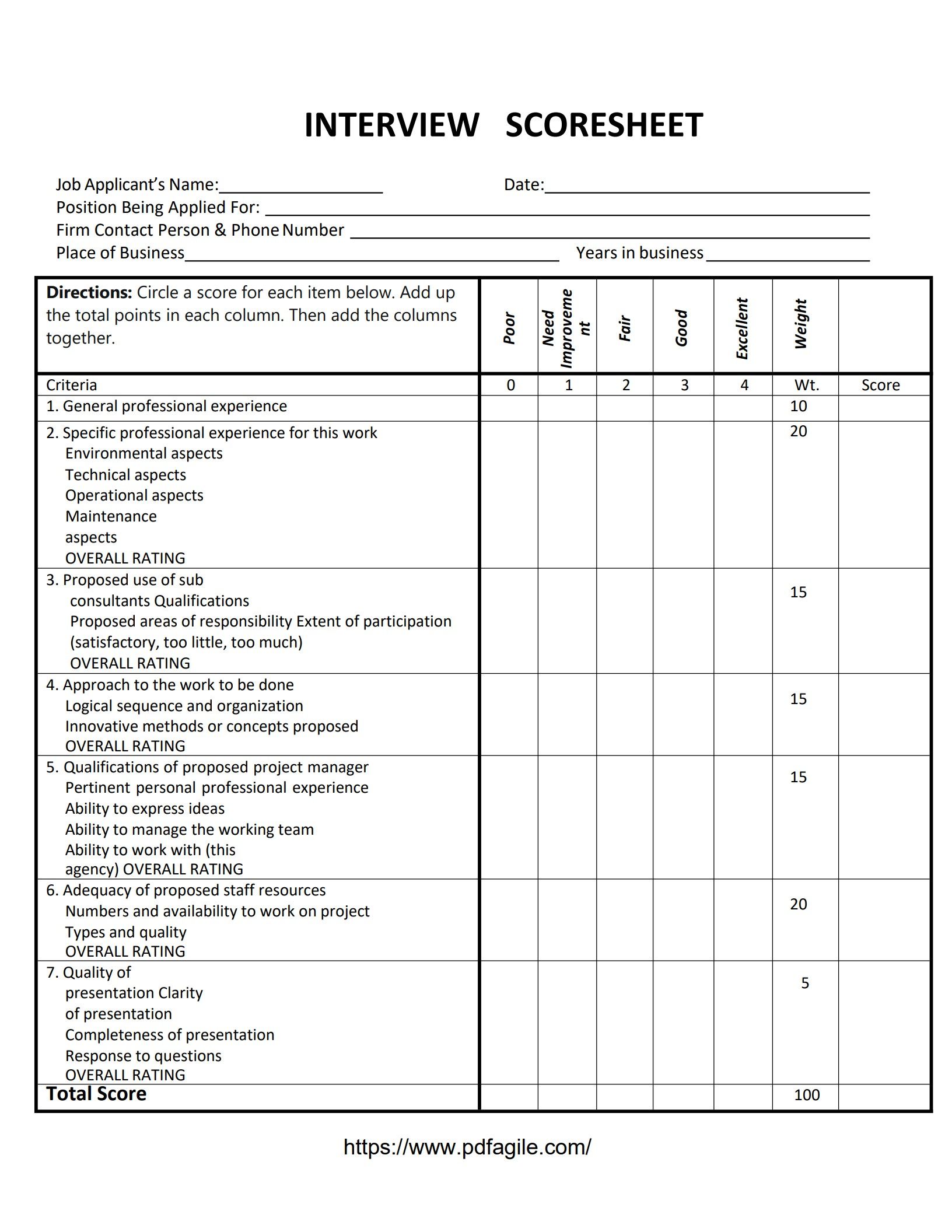Have you ever found yourself mid-match, caught in a thrilling back-and-forth rally, only to be unsure of the exact score? Or perhaps you're a coach wanting to analyze your player's performance after a close game. In the fast-paced world of tennis, where points can shift momentum in an instant, a clear and reliable scoresheet becomes your essential companion.
This guide dives into the world of the tennis scoresheet, a simple yet powerful tool that elevates your tennis experience. We'll explore its purpose, benefits, and the key elements that make it work. Whether you're a seasoned player, a casual enthusiast, or a coach seeking a deeper understanding, this introduction paves the way for you to master the art of keeping score – and ultimately, enhance your enjoyment of the beautiful game of tennis.
What is a Tennis Scoresheet?
A tennis scoresheet is your personal match historian, capturing the ebb and flow of every point, game, and set. It's more than just a piece of paper; it's a structured record that ensures both players and spectators can:
- Track the Score Progression: The scoresheet provides a clear visual representation of how the match unfolds. It records each point won, allowing everyone to follow the changing score (15, 30,and identify who's serving and receiving.
- Maintain Clarity: In close matches with deuce points and potential advantages, the scoresheet eliminates confusion. Having a documented record prevents arguments about the score and ensures everyone's on the same page throughout the match.
- Review and Analyze: Beyond the final outcome, the scoresheet serves as a valuable post-match resource. Players and coaches can analyze the point-by-point breakdown, identify strengths and weaknesses, and strategize for future matches (especially when basic statistics like aces or double faults are tracked).
Available in both paper and digital formats, the tennis scoresheet is a versatile tool that enhances the entire tennis experience, from the first serve to the final match point.
Benefits of Using a Scoresheet
A tennis scoresheet is more than just a piece of paper; it's your on-court companion, enhancing your tennis experience in several ways:
- Clarity and Accuracy: In the heat of a close match, confusion can arise over the score. A scoresheet provides a clear and objective record of every point played, eliminating disputes and ensuring accurate scorekeeping throughout the game. This allows players, coaches, and spectators to confidently follow the match's progress, set by set, point by point.
- Enhanced Viewing: Beyond scores, a scoresheet offers a visual representation of the game's flow. Seeing the point tallies for each player and the accumulating games won in a set provides a deeper understanding of the match's momentum shifts and the evolving strategies employed by the players. This enhances the viewing experience for everyone involved, making it more engaging and informative.
- Statistical Insights: For advanced players or coaches, the scoresheet can be used for basic statistical tracking. By noting down elements like aces, double faults, or winners (serves not returned), it becomes possible to analyze performance after the match. This data can provide valuable insights into strengths and weaknesses, guiding strategic improvements for future matches.
Tennis Scoresheet Basic Format
Decoding the Scoresheet: A Tennis Tracker for Every Point
The tennis scoresheet is your courtside companion, translating the back-and-forth rallies into a clear picture of the match's progress. Here's a breakdown of its key components:
- Player Information Section: This section acts as the scoreboard's title, identifying the two players battling it out on the court. Write down their names clearly to avoid confusion throughout the match.
- Game Scoring Section: This is the heart of the scoresheet, a table divided by sets (typically best-of-three) with columns for each player. Here's where the magic of tennis scoring comes alive:
- Points Won: Each point won by a player is marked in their designated column. The traditional system uses "15," "30," and "40" to denote point progression.
- Advantage: If a player reaches 40 points before their opponent reaches 30, they gain "Advantage." This advantage needs to be converted into two consecutive points to win the game. If the opponent scores a point, the score goes back to "deuce" (tied at 40 points).
- Game: The winner of a game is the player who scores two consecutive points after reaching "Advantage" or wins a point when the score is at "deuce." The winner's game score is marked in a larger font or box to distinguish it from individual points.
- Set Scoring Section: This section sits adjacent to the game scoring section and keeps track of the bigger picture. For each set, the number of games won by each player is recorded. The first player to reach a designated number of games (typically six, with a two-game lead) wins the set.
- Match Summary Section: This section proudly displays the final outcome of the match. Record the final score by sets won by each player (e.g., 6-3, 2-6, 7-5). Additionally, the winner of the match is clearly identified, marking the end of the on-court battle.
How to Use a Tennis Scoresheet?
The tennis scoresheet is your courtside companion, faithfully recording the drama of every point and the ebb and flow of each set. Here's a step-by-step guide to ensure it becomes a reliable tool, not a source of confusion:
- Before the Match: Be Prepared for the Rally: Designate a scorekeeper familiar with tennis scoring (15, 30, 40, Advantage, Game, Set, Match). Take a moment to familiarize yourself with the scoresheet layout and write down player names clearly.
- During the Match: Point by Point Accuracy: After each point is won, the scorekeeper marks a point for the winning player in the corresponding game section of the current set. Use the traditional tennis scoring system (15, 30, 40, Advantage). Announcing the score after each point (optional) can maintain clarity, especially for players new to the game.
- Game, Set, Match: Tracking Victories: Once a player wins a game by reaching four points (and leading by two points), the scorekeeper updates the set score section for that set. For example, if Player A wins the first game, the score would be reflected as 1-0 in Player A's favor under the current set.
- After the Match: Documenting the Champion: When a player wins enough games to secure a set (typically six games with a two-game lead), the scorekeeper records the final score for that set (e.g., 6-3 for Player A). The process repeats for subsequent sets. Finally, after the winning player secures enough sets to win the match (typically two out of three), the scorekeeper records the final score (sets won by each player) in the match summary section. Optional notes about the match (weather conditions, remarkable rallies) can also be included for future reference.
Tips for Using a Tennis Scoresheet
The tennis scoresheet is your courtside companion, keeping track of every point, game, and set. Here are some tips to ensure it enhances your tennis experience, not creates confusion:
- Know Your Lingo: Before the match, brush up on basic tennis scoring terms (love, 15, 30, 40, advantage, deuce, set, match). Understanding this language allows for accurate and efficient recording of points on the scoresheet.
- Announce It Clearly: Consider calling out the score after each point is won, especially when playing with new players or those unfamiliar with tennis scoring. This verbal confirmation minimizes confusion and ensures everyone's on the same page throughout the match.
- Double-Check Those Games: After each game is complete, take a moment to review the recorded points on the scoresheet. Did you accurately reflect the point progression (15, 30, 40)? A quick double-check prevents errors and ensures a clear record of the set's progress.
- Keep it Clear and Organized: Maintain a neat and legible format on your scoresheet. Use clear markings (checkmarks, lines) to distinguish points won by each player. Consider using abbreviations for common terms (e.g., ADV for Advantage) to save space, especially if the match goes to multiple sets. Clarity minimizes misinterpretations later.
- Enjoy the Rally: While accurate scoring is important, tennis is about the joy of competition, the thrill of a well-placed shot, and the sportsmanship on the court. Don't get bogged down in meticulous record-keeping to the point of missing the excitement of the game. Relax, focus on the match, and let the scoresheet be a valuable record of your tennis journey.
Free Download: Printable Tennis Scoresheet Template
To help you get started, we have created a free, printable tennis scoresheet template. You can download the template by clicking the Use Template button on this page.
You can also explore more scoresheet PDF templates in PDF Agile Templates Center.





